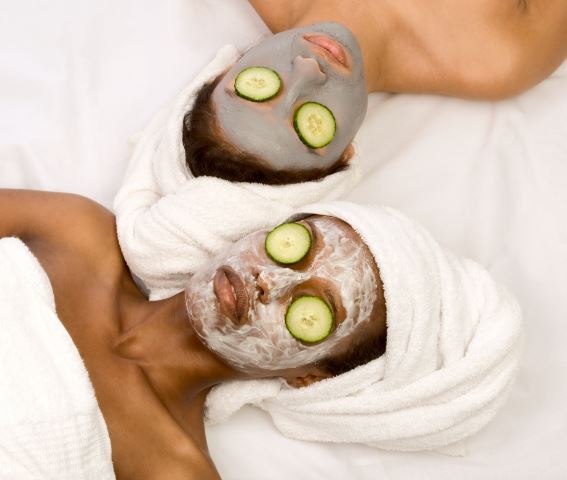
Different areas of your face have different needs. For example, the eye area may be dry while your nose is oily. So, using multiple masks allows you to take skin customisation up a notch by treating different parts of your face at the same time.
What is multi-masking?
Multi-masking is using more than one face mask at a time. The idea is to address specific concerns on the different areas of your face.
Different masks for different results
Use mattifying or charcoal masks on oily areas such as your nose. On dry areas, use hydrating masks with ingredients such as hyaluronic acid. The eye area is sensitive, so only use specific eye masks. If pigmentation is a concern, look for masks with vitamin C. Masks with salicylic acid work best for skin with breakouts.
SEE ALSO: DIY charcoal mask
Here are 4 multi-masking steps you need to add to your skincare routine:
1. Steam your pores open. Multi-mask immediately after a bath or shower. The steam helps to loosen any debris clogging your pores.
2. Exfoliate. But first, exfoliate to remove the dead skin.
SEE ALSO: 3 different types of face masks
3. There’s a method to the madness. Apply the masks that need to stay on for longer first. Follow up with those that need to be on for a short period.
4. Take it easy. Don’t overdo it by keeping the masks longer than you should. Also, stick to doing them only once a week because over masking can lead to irritation and clogged pores.
Why you need to use a mask weekly:
- Masks boost radiance by stimulating blood circulation. This gives your skin a glow.
- Deeply cleanses your skin; removing impurities.
- Helps to enhance collagen production which gradually results in tight and fresh-looking skin.




